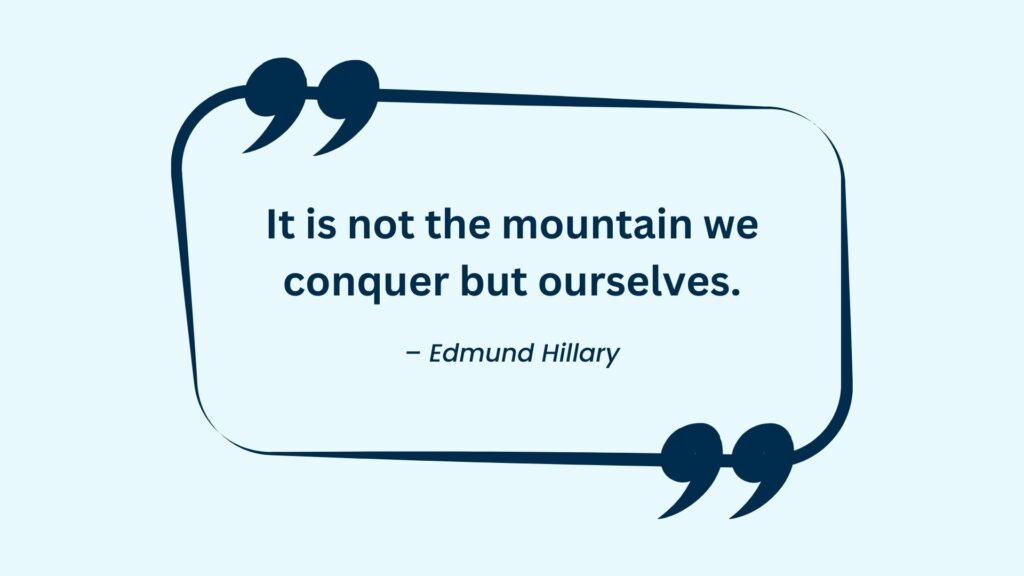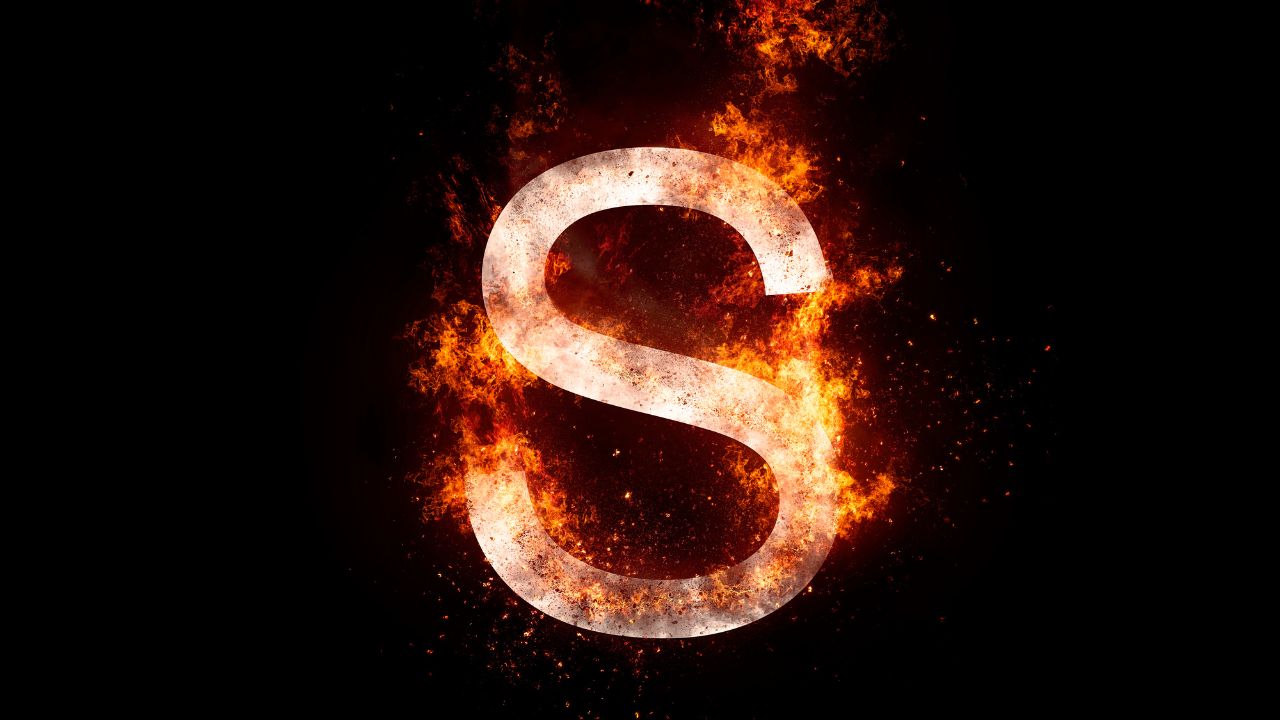Table of Contents
Introduction: The lost art of cursive
Are you tired of seeing your handwriting look like chicken scratch? Do you want to impress your friends and colleagues with your elegant penmanship? Look no further than the lost art of cursive writing. With its flowing lines and graceful curves, cursive adds a touch of sophistication to any piece of writing. In this blog post, we’ll explore the history behind cursive writing and give you tips for mastering one of its trickiest letters: the S. So grab a pen and paper, it’s time to elevate your handwriting game!
What is cursive writing?
Cursive writing is a style of handwriting where the letters in a word are joined together, forming a flowing and cohesive script. This type of writing is also known as script or longhand.
Unlike print handwriting, which requires lifting the pen or pencil between each letter to form individual characters, cursive writing allows for continuous motion. By connecting the letters together, words become more fluid and efficient to write.
While there are different styles of cursive writing depending on language and culture, all share the same basic principles – joining letters together in a way that makes them look like they belong with one another.
The art of cursive has been around for centuries and was once considered an essential skill taught in schools across many countries. However, with advancements in technology and changes in education systems over time, its use has declined significantly.
Despite this decline, there are still many benefits to learning cursive writing such as improving fine motor skills and developing better reading comprehension through recognizing connected letter patterns.
History of cursive writing
Cursive writing has a long and rich history that dates back to the ancient world. The first known cursive script was developed in Egypt around 1800 BC, where scribes used a flowing style of writing known as hieratic script. This early form of cursive was primarily used for religious texts and royal decrees.
In Greece, the cursive script evolved even further with the development of the uncial script in the 3rd century AD. This new style featured rounded letters that were connected by thin lines, creating a fluid and elegant appearance. It was primarily used for copying Greek texts and manuscripts.
During the Middle Ages, monks began to use what is now called Gothic or Blackletter handwriting which included an ornate yet legible typeface written with pen strokes having varying thicknesses between thick vertical lines ending at sharp points.
With the advent of printing press technology in Europe during the Renaissance period, demand grew for more efficient forms of handwriting that could be easily reproduced by typesetters. As such, various styles of modern-day cursive emerged including Spencerian (developed in America) and Copperplate (in England).
Today, while digital devices have made typing more common than writing on paper, there remains something special about mastering beautiful handwritten scripts like cursive – which still retains its charm despite being lost over time due to technology advancements.
How to write in cursive
Writing in cursive might seem like a daunting task, especially if you’re used to printing. However, with practice and patience, anyone can master this beautiful art form.
The first step is to choose the right writing instrument. A pen or pencil with a smooth grip and ink flow is best for creating fluid strokes. Next, find a comfortable position that allows your arm and hand to move freely across the page.
Begin by practicing basic letter forms such as curves, loops, and lines. Pay close attention to how each stroke connects to the next and try not to lift your pen too often.
Once you’ve mastered individual letters, start stringing them together into words and phrases. Remember to maintain consistent spacing between letters and keep your slant uniform throughout your writing.
One helpful tip is to practice copying passages from books or articles written in cursive. This will give you a sense of flow and help build muscle memory in your hand.
The key to mastering cursive handwriting is practice! Don’t be discouraged if it takes time–with dedication and persistence you’ll soon be able to write beautifully flowing script effortlessly.

How to Make an Uppercase S In Cursive
- Begin by writing a loop from the top of the letter, moving down to the left side.
- Next, form another loop at the bottom of your S and connect it to the top loop with a straight line. This should create an inverted triangle shape.
- Then, draw a curved line from the bottom right corner of your S and swoop back up to connect it to the other side of your triangle. You should end up with an oval shape encircling your uppercase S letter.
- Finally, make sure all of your lines are clean and consistent in order to give your uppercase S an elegant and professional look!
How to Make a Lowercase S in Cursive
- Start by making a small loop at the bottom of the line with your pen or pencil.
- Bring the line back up, curving it to the right and then down again in a slight arc.
- Make another loop at the top of the line, connecting it back to where you started.
- Draw a small downward stroke from the center of the letter to finish off your lowercase s in cursive!
Congratulations! You have now successfully written a lowercase s in cursive.
Tips for mastering the cursive S
Mastering the cursive S can be a bit challenging, but it’s not impossible. Here are some tips to help you perfect your cursive writing skills and write the S in both capital and lowercase forms.
Firstly, practice is key! The more you write in cursive, the easier it becomes. Begin by tracing over letters to get a feel for how they should look before trying to write them on your own.
When writing the capital S, start at the top of the line with a small curve downward and then loop back up again with a larger curve. Remember to keep consistent pressure on your pen or pencil as this will give an even flow from each stroke.
For lowercase s, begin at the top of the line with a small hook that bends slightly upwards before curving downwards into a long tail. Practice drawing this shape repeatedly until you achieve consistency in size and shape.
Another helpful tip is to break down each letter into its individual strokes. This allows you to focus on getting each part right before combining them together seamlessly.
Don’t forget about proper posture and hand positioning while writing. Sit up straight with both feet flat on the ground and hold your pen or pencil loosely but firmly between your thumb and two fingers for better control.
With these tips in mind, practicing regularly will help build muscle memory for mastering both capital and lowercase versions of the cursive S!
Read Also: 150+ Funny Charades Ideas For An Amazing Game Session
Conclusion
Cursive writing may seem like a lost art with the rise of technology and digital communication. However, mastering this skill can bring many benefits such as improved cognitive development, enhanced fine motor skills, and even increased creativity.
While there are fewer opportunities to practice cursive writing in today’s world, it is vital to keep this beautiful form of handwriting alive. And by following our tips for mastering the cursive S capital and lowercase letters, you’ll be on your way to achieving beautiful penmanship that will impress anyone who sees it.
So what are you waiting for? Grab a pen or pencil and start practicing your cursive S today!








